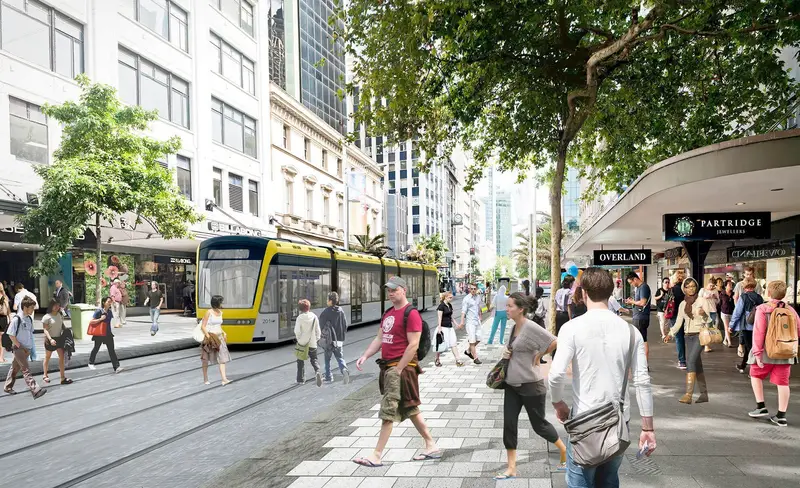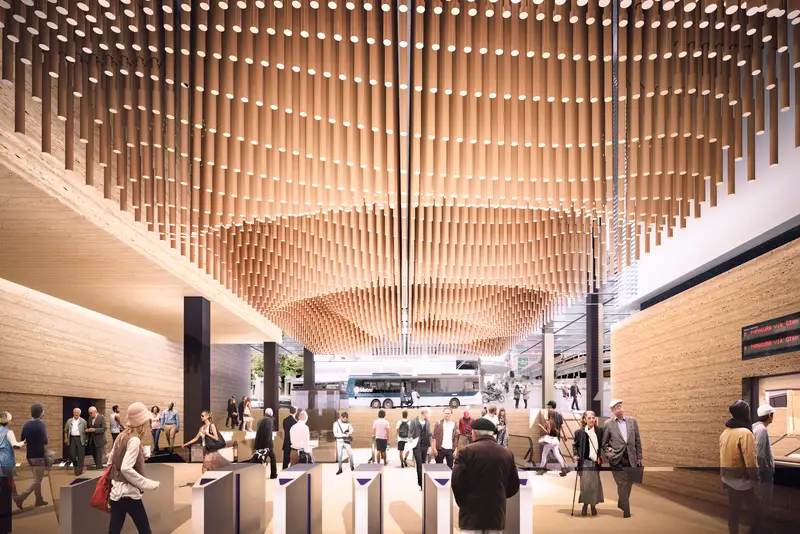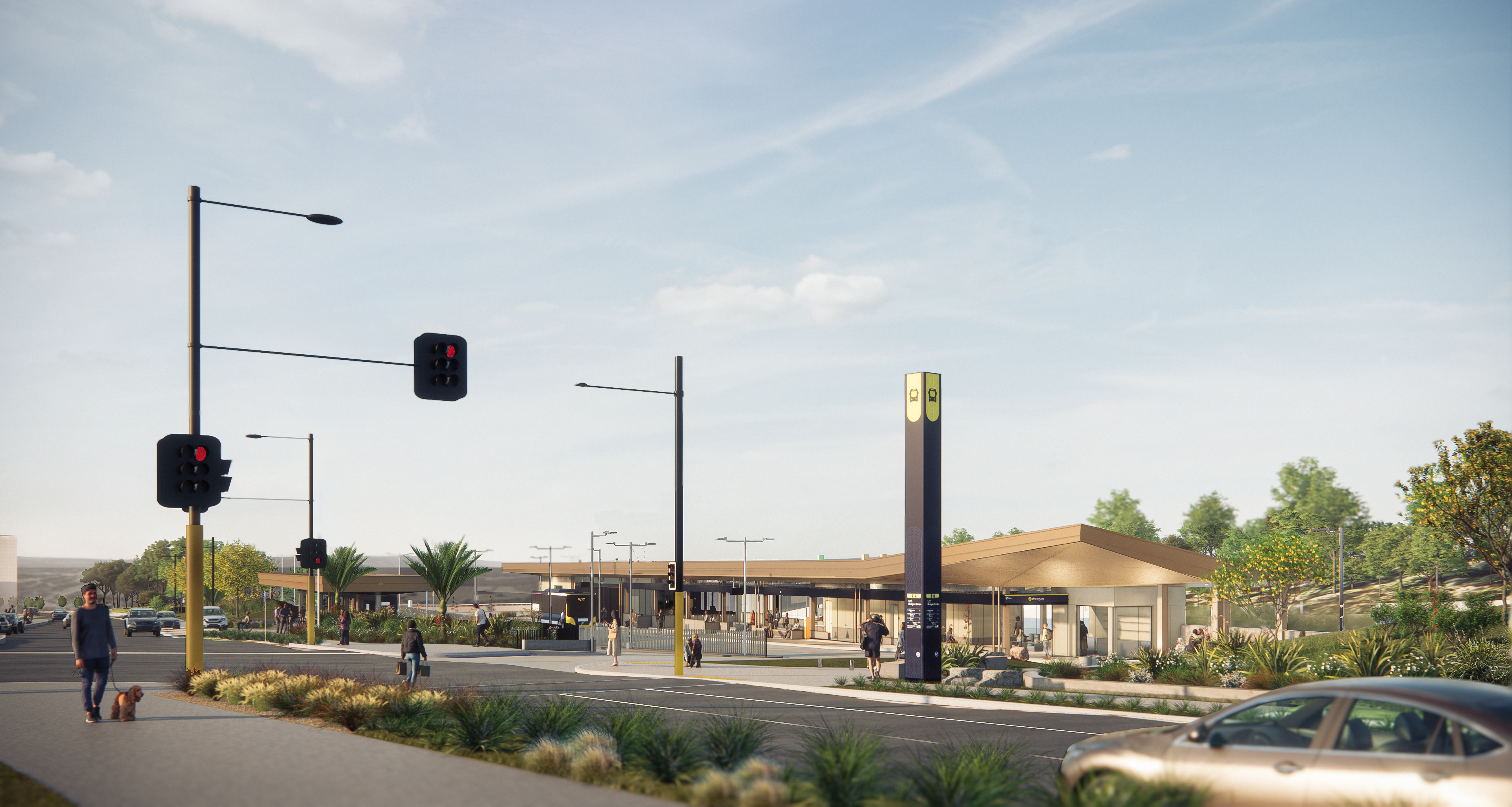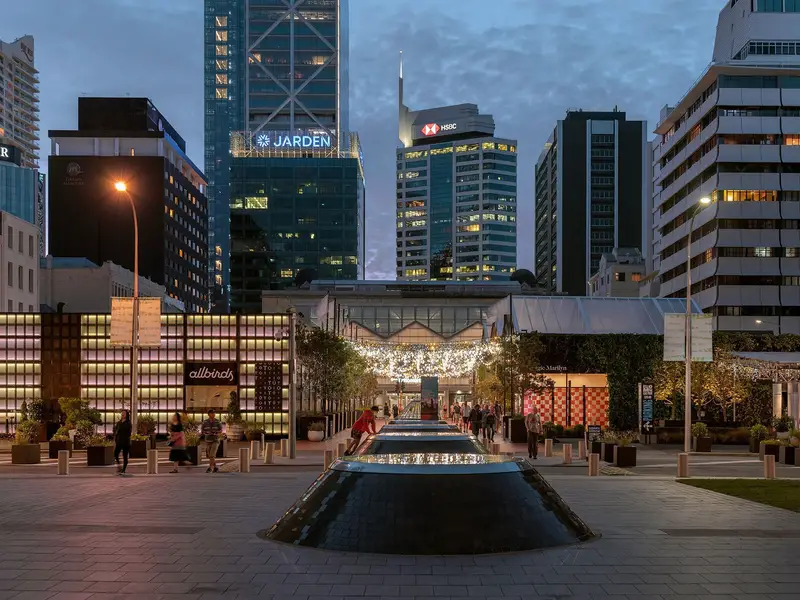
Auckland Light Rail
Infrastructure for a low carbon future

Connecting communities and strengthening the city
Working alongside Arup, Jacobs and LandLab, Jasmax was a technical advisor to Auckland Transport, responsible for leading the urban design, architectural and public realm inputs into the Light Rail Reference Design, completed in 2017. A catalyst for more efficient transport and urban enhancement, the project vision was a solution to gaps in the city’s growing transit network, connecting neighbourhoods in the central isthmus, Māngere and city centre of Tāmaki Makaurau Auckland. Complementing the City Rail Link, Auckland Light Rail aimed to support Auckland’s prosperity and economic growth by addressing capacity constraints and improving access to employment and common destinations. The concept reinstated a surface-running line that previously existed on Dominion Road, Queen Street and Onehunga Mall, with an incremental approach to delivery that expanded to reach the airport employment precinct.
The reference design outlined an integrated approach to transport and urban planning to achieve high-quality and compact growth, and with a focus on customer experience. The proposal featured a sustainable transport solution with modern Light Rail technology that minimised environmental effects of transport, and that would strengthen the transit network’s role in meeting the city’s carbon emission reduction targets. Consideration was given to climate change impacts along alignment route, most particularly future flooding impact brought about by extreme weather events, improving the quality of public realm, the potential impact to heritage buildings, conservation of protected natural areas along corridor route and whole-of-life design considerations embedded within operational and maintenance requirements. Resulting benefits include improving the liveability, vibrancy, attractiveness and safety of the city and the viability of centres along the route as places to live, work and visit.
Light Rail provides far more to communities than simply a new way to move around. Just building more roads won’t protect our lifestyle. We need to reshape our future investment to include high-quality public transport. Light Rail eases pressure on the roading network, and can provide more capacity in less space. It provides the catalyst for investment, intensification and economic development across the region.



